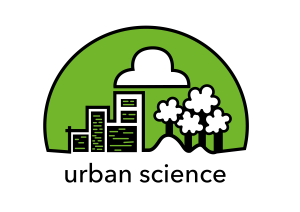Move It
Students investigate the impact the way we travel has on the urban environment. They explore possible solutions including calculating the amount of carbon emissions trees can sequestrate and alternative forms of travel. They understand how tackling transport can have a range of wider benefits.
At the moment, cars spend around 95% of the time parked, and only 5% of the time in use. Huge swaths of cities, either in car parks, garages, or street parking spaces, are used as storage for cars (while, at the same time, many cities struggle to find enough land to build housing to keep up with demand). There is a huge potential to create more space.
With a large shift to on-demand autonomous cars, something that some experts say could happen in a little more than a decade, parking space in prime urban locations could open up for other uses. A recent report estimates that 2 million people in L.A. will give up their cars for autonomous ride hailing in 15 years, and similar patterns will happen in other cities.
How can we harness the benefits of such change to make our cities more sustainable?
The topic of mobility links with climate change through the carbon emissions emitted by some forms of transport and connects with evidence for anthropogenic causes of climate change. Links can be made with photosynthesis through which plants remove carbon gases from the atmosphere. If chosen, links can be made with energy through using photovoltaic cells to power a model car.
This module starts with a tried and tested inquiry into car pollution and how many trees would need to be planted to absorb all the carbon emitted. This is a satisfying activity for students, but does not answer the question of how to address carbon emissions from vehicles; there is not enough space to plant enough trees to absorb the carbon. As a result, students are often left with a sense of disappointment. This learning module takes this inquiry as a jumping off point to explore more meaningful responses that ignite student’s imagination. It asks why we need personal cars, are the better ways to provide personal transport on demand, and what wider system opportunities can be created by tacking this problem differently.
